The attic, often a neglected part of the home in terms of humidity management, can harbor an array of problems if humidity levels rise unchecked. High attic humidity is not just a concern for your shingles and insulation; it can be a source of significant problems for your entire home’s health. In this comprehensive guide, we’ll explore the subtle and not-so-subtle ways that excess attic moisture could be adversely affecting your home. We’ll also tackle the critical checklist of actions you can take to mitigate this silent threat.
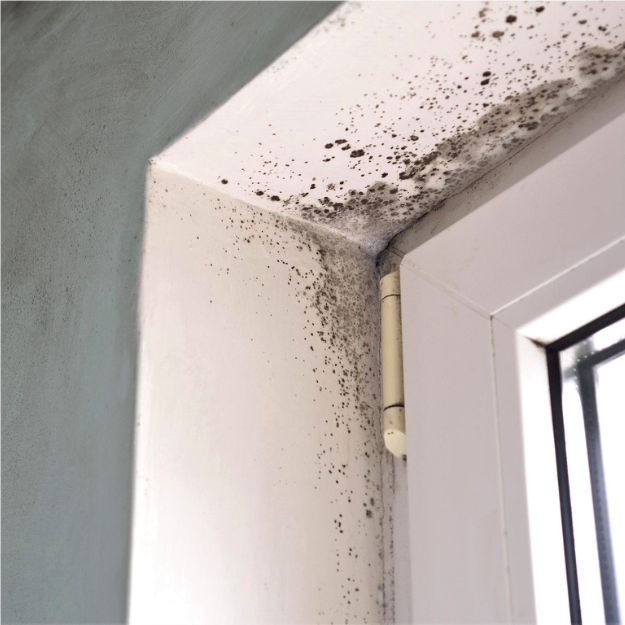
High Humidity – How Do You Know It’s a Problem?
Before we jump into the nitty-gritty of attic humidity, you have to know whether your attic’s moisture levels are a concern. Signs of high humidity can be overt or quite discreet. Commonly, homeowners find mold and mildew as markers of excessive moisture, but there’s more to the story.
How to Measure Attic Humidity
First, quantify your attic’s humidity with a simple hygrometer. This device reads the moisture content of the air. For an attic, you’ll want a reading under 50%, with 30-50% being optimal. A reading exceeding 60% indicates a problem that needs addressing.
Visual Clues of High Attic Humidity:
- Condensation on walls or windows
- Rust or corrosion on metal elements
- Musty odors or visible mold growth
- Peeling paint or wallpaper
Acknowledging these signs early can prevent more extensive damage down the line.
The Culprits of High Attic Humidity
Understanding the root causes of attic moisture problems is the first step in managing the issue. The sources of attic moisture are often surprising but addressable with the right approach.
3 Main Contributors to Attic Moisture:
- Daily Living – Occupants can introduce a significant amount of moisture into a home, whether through cooking, showering or even breathing.
- Leaky Roofs and Plumbing – Unchecked leaks can be a persistent source of water, gradually increasing humidity levels.
- Inadequate Ventilation – Trapped humidity in the attic can occur when a roof lacks proper ventilation.
Investigate these areas thoroughly to root out the sources of excess attic moisture or call in the pros at MD Roofing.
The Top 5 Risks of Attic Humidity
Understanding the potential risks of high attic humidity can help you take action. Here are the five most concerning problems:
Risk 1: Roof Rot and Structural Damage
The most direct consequence of attic moisture is its impact on your roof. If not managed, high humidity can lead to the decay of wooden trusses and rafters, compromising your whole roof system.
Risk 2: Mold and Mildew
Beyond musty odors, mold and mildew present health risks and can further deteriorate materials within your home, exacerbating allergies and asthma symptoms.
Risk 3: Increased Energy Costs
Humidity can decrease the effectiveness of insulation, causing your HVAC system to work harder to maintain the desired temperature, leading to higher energy bills.
Risk 4: Pests and Insects
A moist attic is a haven for pests like termites and carpenter ants who thrive in damp environments and can cause significant damage to your home’s wooden components.
Risk 5: Reduced Lifespan of Roofing
The constant cycle of wet and dry conditions because of high humidity can significantly reduce the life span of your roofing materials.
Addressing Attic Humidity – A Comprehensive Guide
Now that you’re familiar with the potential downsides of an overly humid attic, it’s essential to know how to keep moisture at bay. Fortunately, there are several steps you can take to help maintain optimal conditions in your attic.
Enhancing Ventilation Solutions
Good airflow is crucial for moisture management. Ensure that your attic is properly vented using a combination of intake and exhaust vents to create a continuous air exchange.
Sealing Up Leaks and Cracks
Fighting attic humidity can also mean taking a close look at the infrastructure. Weatherizing your home, especially in the attic, can go a long way in preventing water intrusion.
Upgrading Insulation
Enhanced insulation keeps warm, moist air from reaching cold surfaces within the attic. This not only helps to prevent condensation but also can lower your energy costs.
Maintaining Roof Integrity
Regular roof inspections and timely repairs are critical. Any breach in your roof’s structure can lead to persistent dampness, causing a number of issues.
Utilizing Dehumidifiers and Fans
When ventilation alone can’t keep up with moisture levels, mechanical aids like dehumidifiers, attic fans or even household fans can lend a helping hand.
The Final Verdict on Attic Humidity
High humidity in your attic is much more than an aesthetic or smelly concern; it can lead to severe structural damage and health risks. By familiarizing yourself with the signs, root causes and remedies for attic moisture, you’re taking a proactive stance in safeguarding your home. Regular maintenance, strategic upgrades and a watchful eye are the key to combatting excessive humidity and its domino effects.
For further inquiries or professional assistance in managing attic moisture or any other roofing needs, trust MD Roofing. We’re more than just your roofer; we’re your neighbor in defending your home against the elements. Together, we can maintain a healthy, durable roof for your home.
Subscribe to MD Roofing and Solar's Blog

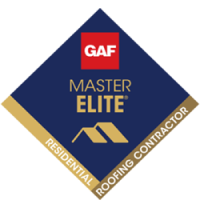
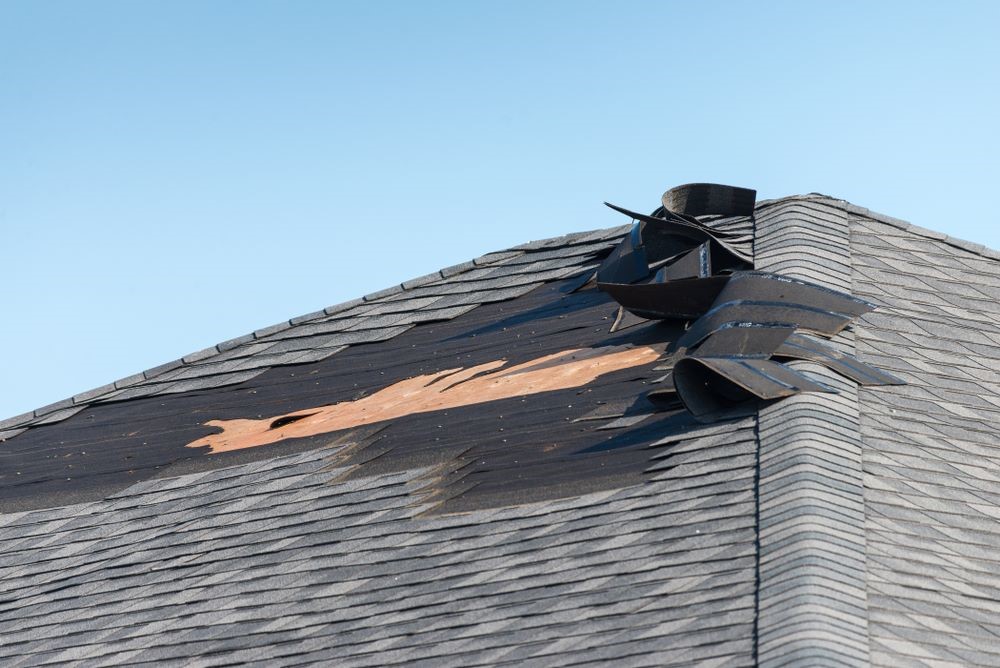
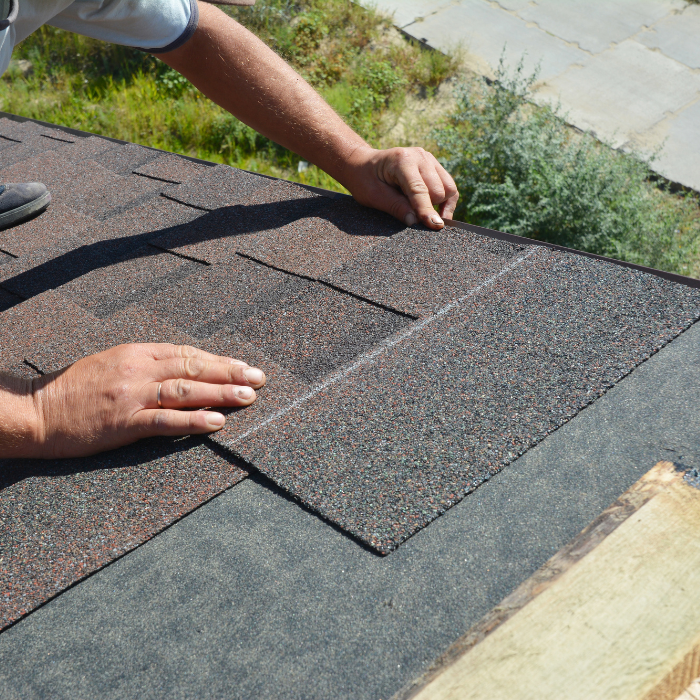

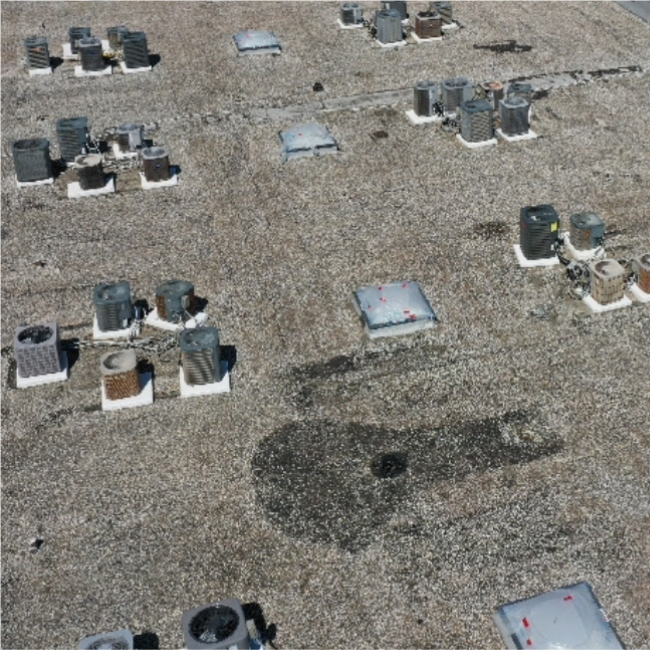

Comments